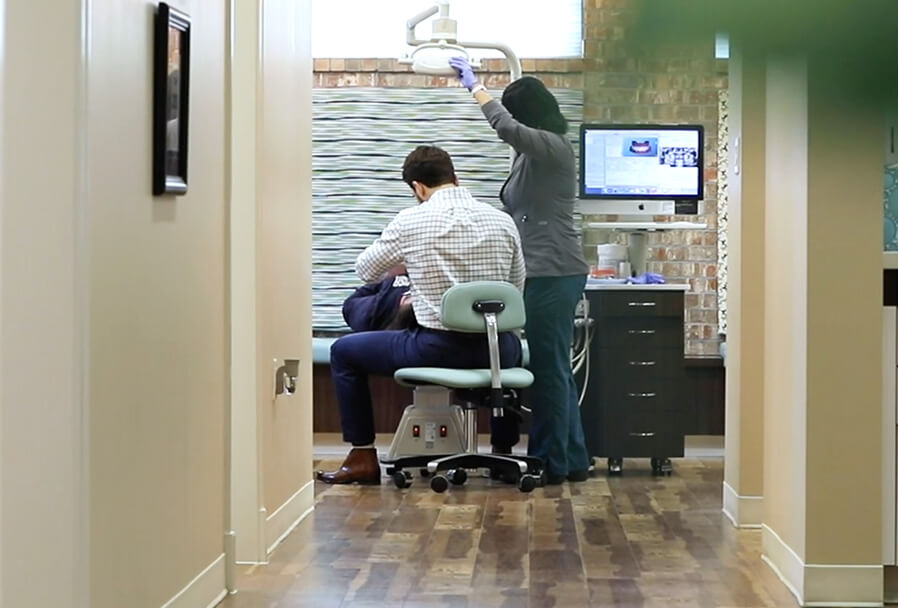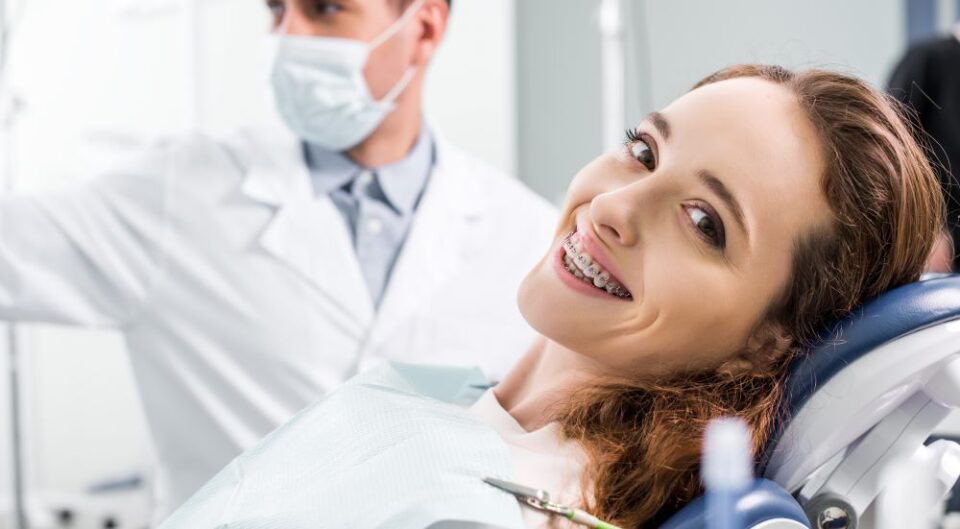The AAO is excited to announce the development of a number of new resources designed to communicate concerns about direct-to-consumer (DTC) orthodontic treatment and risks to patient health and well-being. These new resources can be found at www.orthofacts.org, and can also be accessed by clicking the “Advocacy Resources” tab at the top of the AAO member webpage. The orthofacts.org web page will be accessible to non-AAO-members, primarily so that dental board members, federal and state legislators, and others outside of AAO members can access the information.
The centerpiece of the AAO’s new DTC resources is a 25-page position paper setting out the AAO’s concerns with common elements of DTC treatment (such as failing to perform an in-person examination of the patient, or failing to take radiographic images prior to treatment). Although the concerns themselves are not new to AAO messaging, the position paper includes numerous scientific authorities (credible, peer-reviewed evidence and recognized authorities in the specialty) to support the AAO’s positions. “We are excited to combine the AAO’s advocacy messaging with the strength of the AAO’s scientific and academic resources,” said AAO President, Dr. Ken Dillehay. “For the first time, we have a resource that clearly shows that the AAO’s advocacy positions on teledentistry and DTC are supported by strong scientific evidence, which demonstrates why the law should include these patient protections.”
Accompanying the DTC position paper are two “one pagers” (front-and-back handouts) that summarize the AAO’s positions on in-person examinations and radiographic images, and evidence in support, in a graphic-heavy, easy-to-read format.
The new AAO advocacy resources also include two additional resources on DTC concerns. A short handout summarizes testimony by a former DTC treating doctor that recently came to light in a class action lawsuit. This doctor’s testimony raises serious concerns about whether some DTC treatment complies with the applicable standards of care, and the handout presents those concerns in a concise format.
Another new position paper by the AAO sets out concerns related to informed consent in the DTC treatment setting. Many authorities in the telehealth field (including the American Medical Association and the Joint Commission) question whether a patient can give effective informed consent to treatment if the patient never has the opportunity to ask questions of the treating doctor. This new AAO resource applies these concerns to the DTC context.
Finally, three new resources address the AAO’s concerns with public policy arguments made by the American Teledentistry Association (ATDA). The ATDA frequently appears in dental board hearings and state legislative sessions arguing against restrictions on teledentistry (such as requiring in-person exams or radiographic imaging before treatment begins). Two of the AAO’s new resources point out significant flaws in the “evidence” the ATDA cites in support of these arguments. A third handout raises concerns about the ATDA’s close affiliation with certain DTC companies.
“It is our hope that these new resources will better communicate to dental boards and legislatures the reasons why we believe that the laws need to protect orthodontic patients,” said Dr. Dillehay. “We strongly encourage AAO members to utilize these new resources in their efforts to educate lawmakers, patients, and the general public.”
4 Comments
Comments are closed.




Greatly appreciate the AAO’s efforts to gather strong scientific evidence and create resources to help protect the public from Teledentistry and DTC. We are moving in the right direction! Thanks, Herb Hughes
Thank you, Dr. Hughes!
Where can we access the hand-outs?
All materials can be found by visiting http://www.orthofacts.org/.